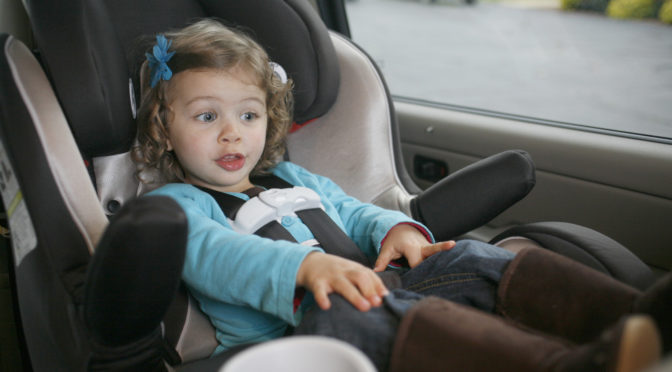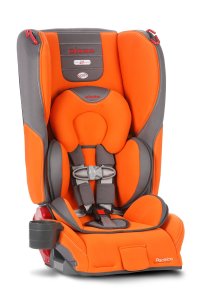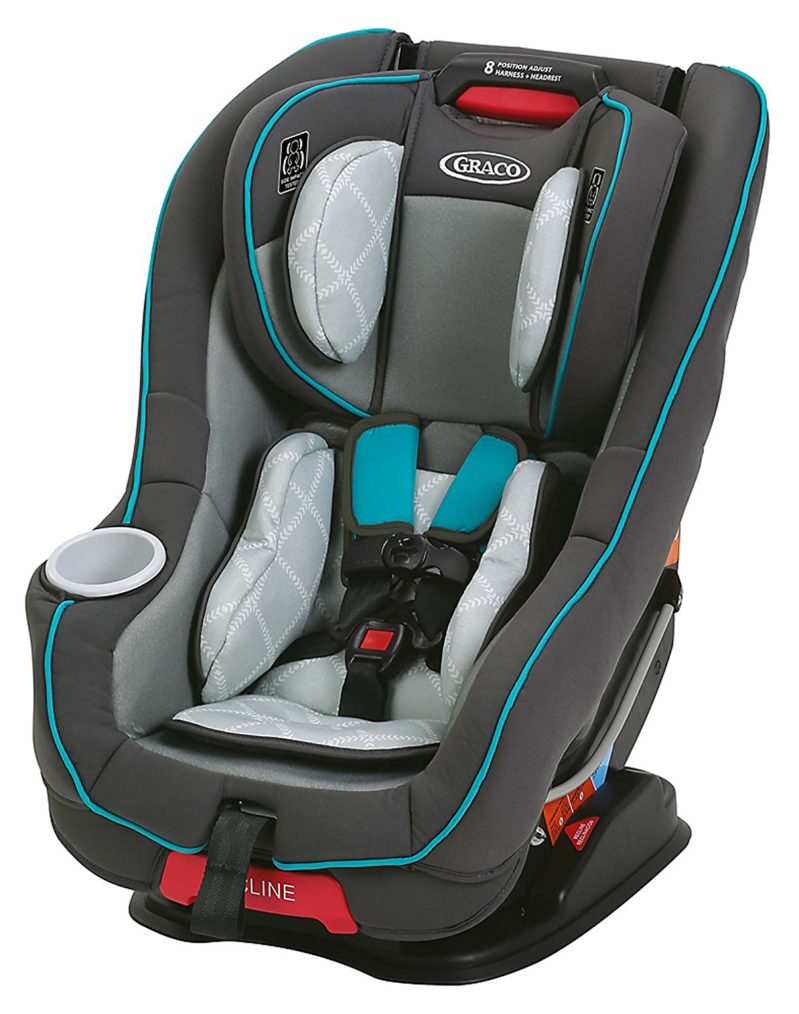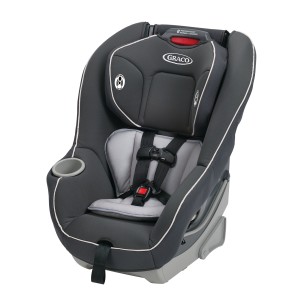
Since starting this blog, I’ve had the pleasure of writing a number of articles on the benefits of extended rear-facing and the even greater pleasure of answering more than a thousand emails related to the best car seats or cars for children and families of a range of ages and sizes. Lately, two of the most frequent questions I’ve been fielding from parents involve a.) what the best car seats are for preschoolers and b.) whether or not preschoolers should still be rear-facing. If you’re in a hurry, the answer to the first question is convertible car seats like the Graco Extend2Fit, the Clek Fllo, and Diono Rainier, and the answer to the second question is yes, yes, yes. If you’ve got some time to learn more, let’s go into both of these answers with a bit more detail. And no, preschoolers shouldn’t be in booster seats.
What are the best car seats for preschoolers, or 3-, 4-, and 5-year olds?
The Graco Extend2Fit – Review Here, Buy Here.
The Clek Fllo – Review Here, Buy Here.
The Diono Rainier – Review Here, Buy Here.
The Clek Foonf – Review Here, Buy Here.
The best car seats for preschoolers (which typically include three, four, and five-year olds, are seats that allow them to sit rear-facing. In the US, rear-facing at these ages is very rare; studies have shown that only 1 out of 4 parents are still rear-facing by age 2, and the figures for rear-facing at 3, 4, and 5 are far, far lower. However, rear-facing is unequivocally safer at these ages for a variety of reasons. We’ll look at those in a moment. However, under the assumption that children who are 3, 4, or 5 should be rear-facing, the top seats on the market are the Graco Extend2Fit, Clek Fllo, Diono Rainier, and Clek Foonf, which all allow rear-facing until 50 pounds.
Of these seats, the Extend2Fit is my favorite all-around seat because it allows rear-facing until 50 pounds and up to 49″ in height, which means virtually all children who use it will be able to rear-face until they’re out of preschool. The Fllo and Foonf are my favorites for making 3 across car seat installations work due to their extraordinary narrow width of 17″; between the two seats, there isn’t much of a difference in functionality, and the Fllo is cheaper, so that’s almost always my primary recommendation between the two.
If your priority is to keep your child in the same seat for as long as possible, then you’ll want to look at the Rainier and the Pacifica (if you can find one, as it’s since been discontinued), as both allow extended harnessing, or extended time forward-facing once you’ve exceeded either the 50 pound rear-facing weight limits or the rear-facing height limits. Both car seats also include a booster mode that can potentially give your child additional years within the same seat. However, don’t get stuck looking too closely at the details between the aforementioned seats; any of them is an excellent choice for a preschooler. If you completely can’t decide, just get the Fllo if you don’t have much room in your back seat or the Extend2Fit if you do.
Should preschoolers forward-face or rear-face?
Preschoolers should always be rear-facing. With the range of seats currently on the market that allow children to rear-face until 50 pounds and well past 40″ in height, it’s no longer a question of not being able to find or afford seats that allow kids to travel much more safely by car than at any other time in recent history. Remember that even though rear-facing at 3, 4, and 5 is rare in the United States, it’s the default approach in the two countries that feature the lowest rates of child traffic deaths in the world: Sweden and Norway.
I recently wrote up a guide to Swedish car seat practices for Americans, and in it noted that despite the lack of any national laws requiring extended rear-facing, the idea of doing so had been so heavily infused into the culture that it was normal and natural to see parents rear-facing their children until 4 or 5 by default.
Parents don’t feel like outliers when rear-facing until 4-5 because everyone else is doing it; it isn’t known as “extended rear-facing” there, and parents don’t have to justify to fellow parents or spouses why they haven’t turned their car seats around. It’s just what you do.
With that kind of cultural acceptance of extended rear-facing in place, it’s no surprise that parents don’t feel a pressure to forward-face. While it’s difficult to bring that acceptance of extended rear-facing to the United States and Canada, there’s no question that the tide is changing as awareness grows across both countries about the benefits of keeping kids rear-facing. And regardless of what’s going on around you, as a parent, you are the ultimate authority on best practices for your child, and when you know that there’s no need to forward-face a preschooler once you have a seat that fits him or her, it’s just a question of making the choice to keep him or her as safe as possible for as long as possible.
Why should preschoolers always rear-face?
Finally, preschoolers should always rear-face because it’s safer for them to do so. The precise degree of safety is always up for debate and will vary from one study to another, but one of the most frequently cited figures is a fivefold difference in the risk of serious injury (e.g., brain damage) or death for a forward-facing child vs. a rear-facing child. I’ve gone into detail about what exactly makes rear-facing safer than forward-facing in a number of articles, including one on the concept of the orphan seat and how it applies to children rear-facing in severe collisions. The excerpt below discusses how children’s proportions are different from those of adults, putting children at much greater risks of head and neck injury from trauma that would not necessarily lead to severe injury or death in adults.
Proportionally speaking, a child’s head is quite relatively compared to the rest of his or her body, and as a result, in a collision, the child’s neck must deal with that proportionally greater strain. To put it even more simply, if a 160-pound woman had the proportions of a baby, her head would weigh 40 pounds and her neck would be a lot more likely to break in much milder collisions than those normal adults could walk away from.
The science is clear; the facts have remained unchanged for decades. The Swedes started extended rear-facing more than 30 years ago, at least back to the 1980s, and we still haven’t caught up to them in terms of a cultural permeation of the importance of rear-facing. The American Association of Pediatrics recommendations are still far, far behind best practices by only recommending rear-facing until 2 or until seats are outgrown; this isn’t good enough.
The recommendation needs to state clearly that rear-facing is the best choice for children until at least 4 years of age, while continuing to emphasize rear-facing afterward until the height and weight limits of the seats are reached. To recommend anything else is to continue to neglect our responsibilities to promote best practices throughout society to the benefit of our youngest fellow human beings.
 If you find my information on best practices in car and car seat safety helpful, you can do your shopping through this Amazon link. Canadians can shop here for Canadian purchases. Have a question or want to discuss best practices? Join us in the forums!
If you find my information on best practices in car and car seat safety helpful, you can do your shopping through this Amazon link. Canadians can shop here for Canadian purchases. Have a question or want to discuss best practices? Join us in the forums!


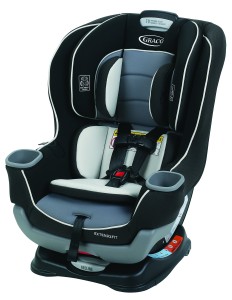





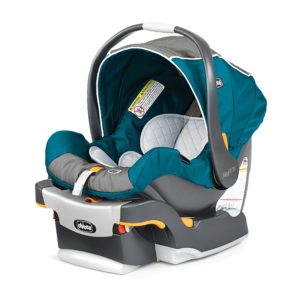
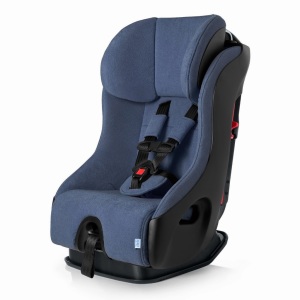
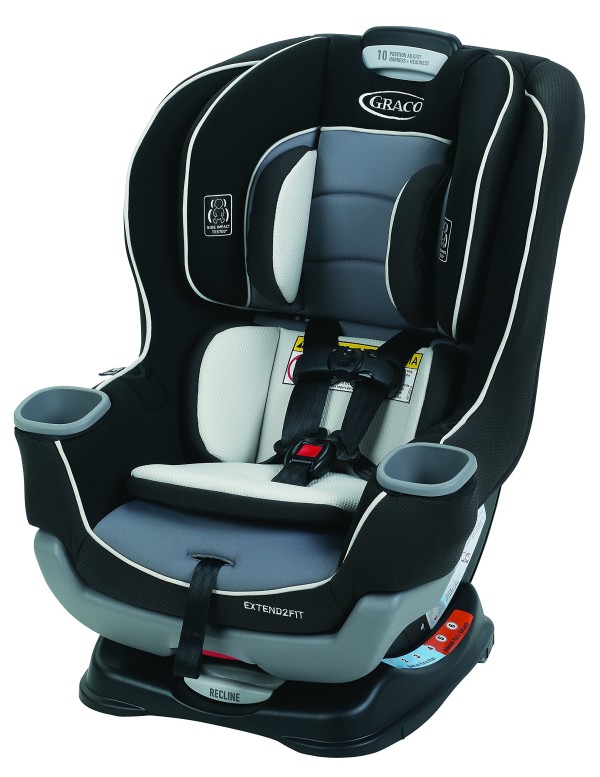
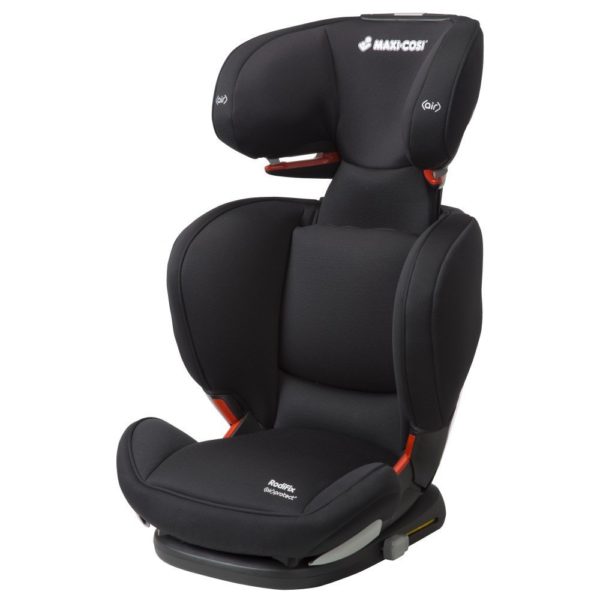
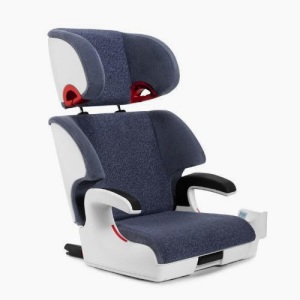
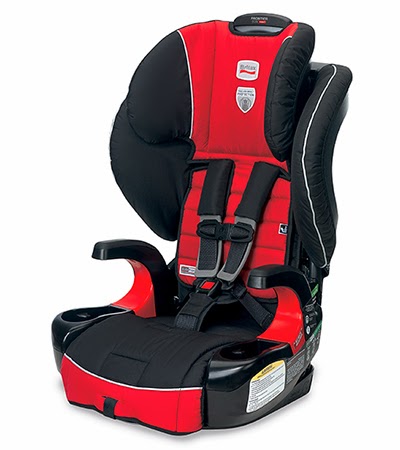


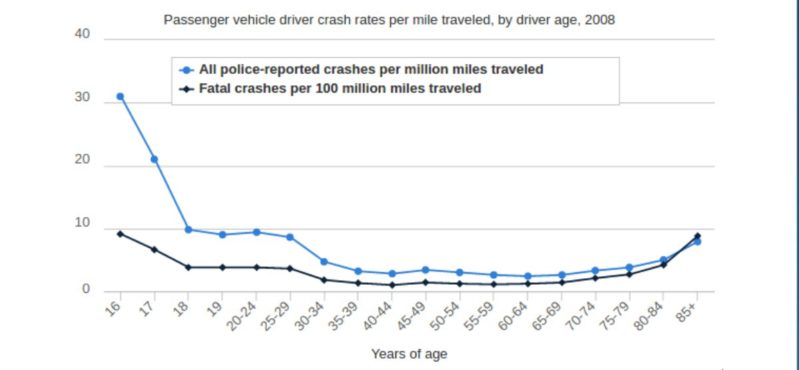 The
The 